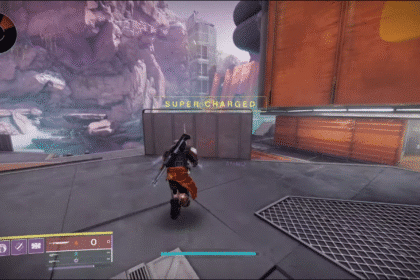Frostpunk 2 is now out, and both new players and those who have experienced the first one are going to have to deal with all sorts of new or expanded mechanics in this sequel. For those of you who are struggling to figure out how to set your districts up early on, this guide will give you a couple of tips that you might find helpful!
How to Build Efficient Districts
Long story short, there are a lot of factors that can affect the efficiency of your districts, but when it comes to actually building them, there’s a few things you can do to avoid some headaches.
A few of the tips here are actually covered in the tutorial tool (question mark icon) of the game, but many tend to ignore or merely skim these. Let’s first start off with how you should ideally be placing your districts down.
Tip #1 – Take Advantage of Area Effects
For starters, as early as chapter 1 where you aren’t even in charge of New London yet, you are going to learn about the heat bonus from building near certain places or districts. These are called area effects, and various positive and negative ones will become a thing as you progress further.
As an example, the tiles near the generator in the introductory chapterwill give your districts a heat bonus if you build the necessary number of blocks within range. In addition to that, building near housing districts will also grant a potential heat bonus.
In the image below, I’ll show you an example that I have in my early game setup (hey, we’re all still learning here). It may not be pretty nor is it the most optimal, but as you can see, it crams in different districts that will grant positive buffs to each.

It should be noted that many other factors can affect a district’s demand for heat, such ass the temperature (of course) and its location, as some areas can be exposed to wind or safe within a stable crevasse. You will just have to experiment with your layout as more mechanics are uncovered.
Later on, there will be ways to add other proximity bonuses by building stuff like the different types of hubs that you can research over time. For example, constructing an air transport hub will reduce the workforce requirements of nearby districts.
With a bit of smart placement, you can have various districts affected by both hubs and adjacency bonuses. Just pay attention to whether or not you meet the conditions of the area effects (three connected tiles) whenever you build a new district.
NOTE: There are some theoretical “ideal” placements out there, but it should be noted that the game has both pentagon and hexagon tiles. This is part of the reason why you will just have to experiment yourself.

Tip #2 – Building Over Resource Nodes
One thing that a lot of players seem to have missed is that building over multiple resource tiles does not increase the district’s output. It merely ensures that it lasts longer, since each tile has a finite amount of resources.
The “efficient” thing to do with extraction districts will mostly depend on your needs. If you are starving for resources, you might need to build multiple extraction districts that are close enough to get a heat bonus effect.
On the flip side, if your upkeep is fine and you want to save up on workforce, then building over several resource tiles might be better for you. At the endo f the day, you will just have to balance efficiency with your city’s needs.

And those are really just some of the more basic things to keep in mind as you build districts in the game. Later on, as you branch out into the different research trees, you are going to be unlocking all sorts of buildings and more that will alter how your districts operate.
Since a lot of the later stuff, particularly in the story mode, will depend a lot on your personal choices and whichever factions you prefer to work with, it can be hard to give further general advice. The above tips should help you get the ball rolling throughout the early game stages, though!
While you are here, check out our guide on how to reduce disease in Frostpunk 2 as well. Depending on how you set up your districts, you might need this, especially if you have been putting housing tiles near industrial ones!













